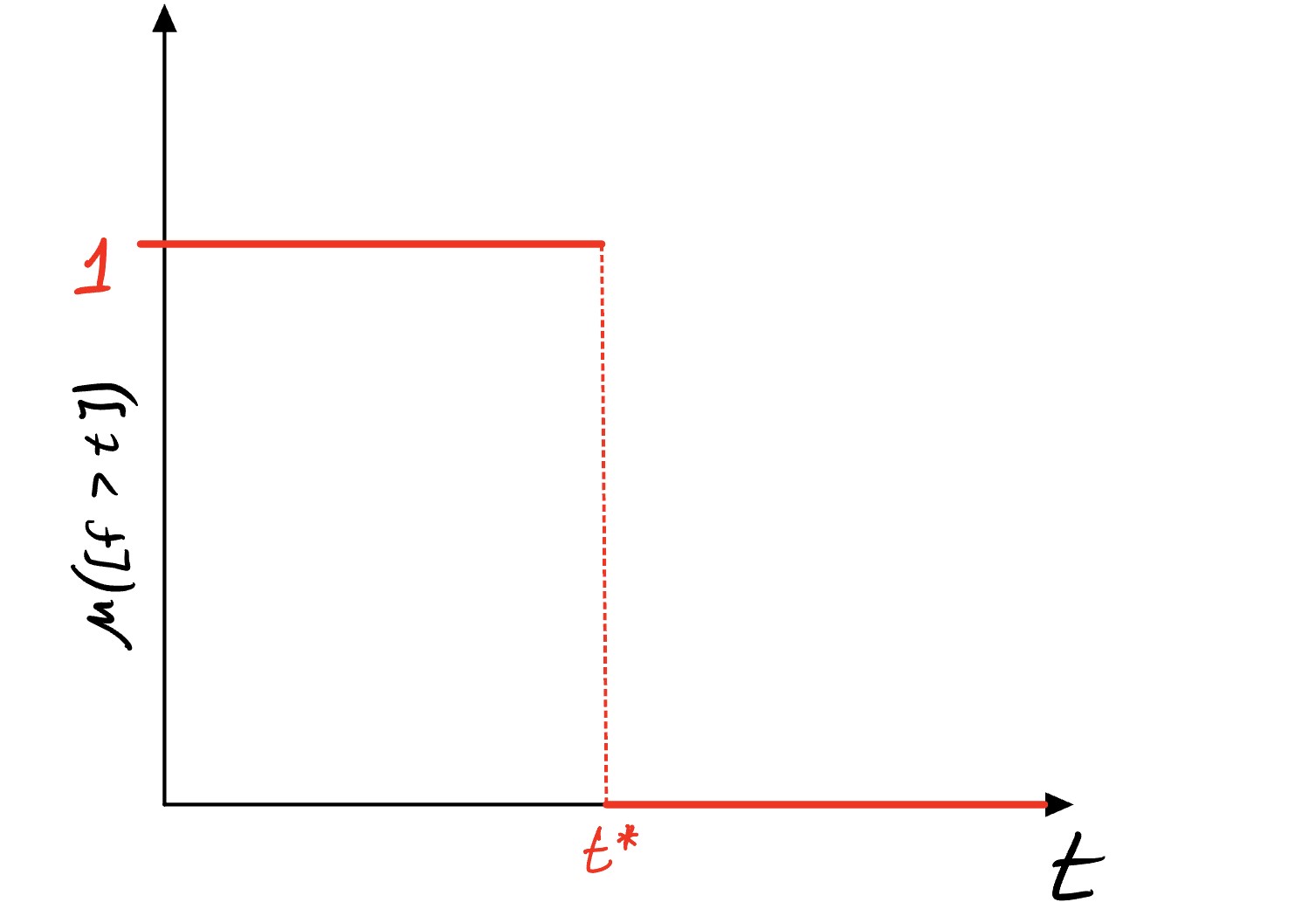
Von Neumann's Mean Ergodic Theorem is a fundamental concept in mathematical sciences, shedding light on the behavior of dynamical systems over time. This theorem, named after the renowned mathematician John von Neumann, has far-reaching implications in various fields, including physics, engineering, and economics. Understanding the intricacies of this theorem is crucial for grasping the underlying principles governing complex systems.
In this article, we will delve into six essential facts about Von Neumann's Mean Ergodic Theorem, unraveling its significance and practical applications. From its historical origins to its impact on modern research, we will explore the theorem's profound implications and demystify its relevance in the realm of mathematical sciences. Whether you're a seasoned mathematician, an aspiring researcher, or simply curious about the inner workings of dynamical systems, this exploration of Von Neumann's Mean Ergodic Theorem promises to offer valuable insights and a deeper appreciation for its profound mathematical significance.
Key Takeaways:
- Von Neumann’s Mean Ergodic Theorem, named after John von Neumann, helps us understand how complex systems behave over time, impacting fields like quantum mechanics and statistical mechanics.
- This theorem is a cornerstone of ergodic theory, providing valuable insights into the statistical properties of dynamical systems and playing a crucial role in quantum mechanics and statistical mechanics.
Von Neumann's Mean Ergodic Theorem
Von Neumann's Mean Ergodic Theorem is a fundamental concept in mathematical sciences. It has significant implications in various fields, including quantum mechanics, statistical mechanics, and dynamical systems. Understanding this theorem is crucial for comprehending the behavior of complex systems and the principles governing their evolution over time.
It is named after John von Neumann.
The theorem is named after the renowned mathematician John von Neumann, who made substantial contributions to various branches of mathematics and physics. Von Neumann's Mean Ergodic Theorem stands as a testament to his profound insights into the behavior of dynamical systems and has paved the way for numerous advancements in the field.
It provides insights into the behavior of dynamical systems.
Von Neumann's Mean Ergodic Theorem offers valuable insights into the long-term behavior of dynamical systems, shedding light on their statistical properties and the nature of their evolution over time. This theorem has far-reaching implications, enabling researchers to analyze and understand the complex dynamics exhibited by a wide range of systems.
The theorem is a cornerstone of ergodic theory.
Von Neumann's Mean Ergodic Theorem holds a central position in ergodic theory, a branch of mathematics that explores the statistical properties of dynamical systems. By establishing connections between the time averages and the space averages of a system, this theorem has revolutionized the study of ergodic theory and provided a powerful framework for analyzing the behavior of dynamic systems.
It plays a crucial role in quantum mechanics.
Von Neumann's Mean Ergodic Theorem has profound implications in quantum mechanics, offering valuable insights into the statistical behavior of quantum systems. By providing a rigorous framework for understanding the long-term properties of quantum systems, this theorem has significantly influenced the development of quantum mechanics and its applications in various domains.
The theorem has applications in statistical mechanics.
Von Neumann's Mean Ergodic Theorem finds practical applications in statistical mechanics, where it serves as a fundamental tool for analyzing the behavior of complex systems with a large number of particles. By elucidating the statistical properties of such systems, this theorem has contributed to the advancement of statistical mechanics and its applications in diverse scientific disciplines.
Von Neumann's Mean Ergodic Theorem stands as a cornerstone in the study of dynamical systems, offering profound insights into their long-term behavior and statistical properties. Named after the eminent mathematician John von Neumann, this theorem has left an indelible mark on various fields, including quantum mechanics and statistical mechanics. Its implications extend far and wide, shaping our understanding of complex systems and paving the way for groundbreaking advancements in mathematical sciences.
Conclusion
In conclusion, Von Neumann's Mean Ergodic Theorem has significantly impacted the field of mathematical sciences. Its applications in probability theory, statistical mechanics, and quantum mechanics have provided invaluable insights into the behavior of dynamical systems. Understanding the theorem's implications for ergodic theory and its role in establishing the foundation for statistical mechanics is crucial for researchers and enthusiasts in the field. The theorem's ability to bridge the gap between time averages and ensemble averages has paved the way for groundbreaking developments in various branches of mathematics and physics, making it a cornerstone of modern scientific inquiry.
FAQs
What is the significance of Von Neumann's Mean Ergodic Theorem?Von Neumann's Mean Ergodic Theorem holds immense significance in mathematical sciences, particularly in the realms of probability theory, statistical mechanics, and quantum mechanics. It provides a fundamental link between time averages and ensemble averages, offering profound insights into the behavior of dynamical systems.
How does Von Neumann's Mean Ergodic Theorem impact statistical mechanics?Von Neumann's Mean Ergodic Theorem plays a pivotal role in establishing the foundation for statistical mechanics. By bridging the gap between time averages and ensemble averages, the theorem contributes to the understanding of the statistical behavior of complex systems, thereby influencing the development of statistical mechanics.
Was this page helpful?
Our commitment to delivering trustworthy and engaging content is at the heart of what we do. Each fact on our site is contributed by real users like you, bringing a wealth of diverse insights and information. To ensure the highest standards of accuracy and reliability, our dedicated editors meticulously review each submission. This process guarantees that the facts we share are not only fascinating but also credible. Trust in our commitment to quality and authenticity as you explore and learn with us.
